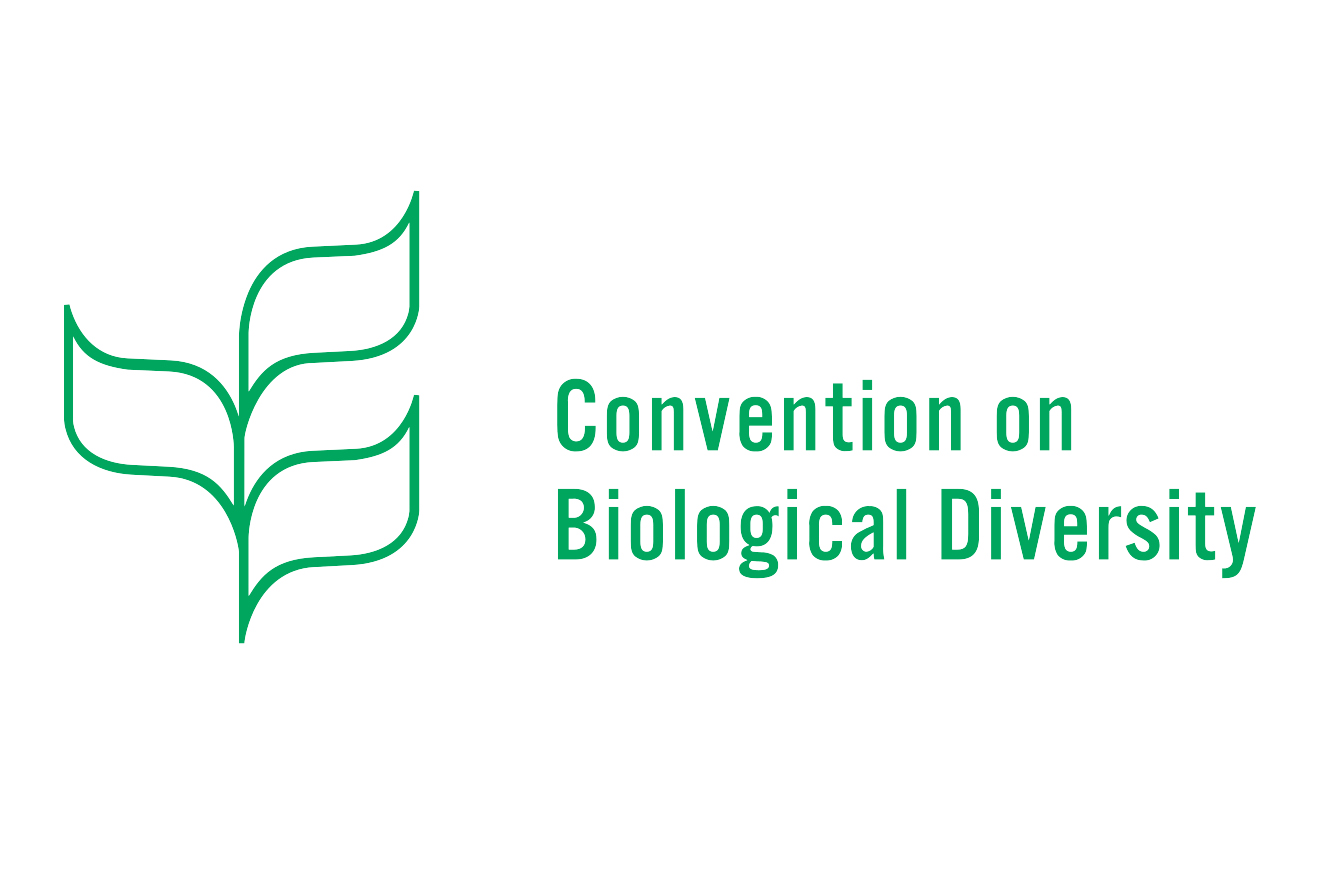 To find out more about this milestone for biodiversity, SLU Global asked a couple of researchers at SLU about their thoughts about this convention.
To find out more about this milestone for biodiversity, SLU Global asked a couple of researchers at SLU about their thoughts about this convention.
Sheila Holmes is an ecologist studying multi-species communities. She is currently focused on mammalian and avian communities in the tropics of Madagascar.
Paul Egan combines field and modelling approaches to develop biodiversity-based integrated pest management strategies for sustainable crop production.
Why do you think this meeting is important?
Sheila: Biodiversity loss is a global issue, and one that does not receive enough attention, particularly considering the potential severity of consequences. Cooperative global endeavours are therefore important to raise awareness, send a message that this is a vital issue, and commit to halting and eventually reversing losses.
Paul: The most significant element of this Biodiversity COP is the anticipated finalisation of the post-2020 global biodiversity framework, which will establish new goals and targets for biodiversity. This COP meeting and others have provided a vital chance to discuss and review the successes and shortcomings of the previous biodiversity strategy, the Convention on Biological Diversity (2011-2020), so that the new global framework can be as effective as possible to deliver for biodiversity.
What are your expectations of the meeting?
Sheila: Governments around the world will demonstrate commitment to the 2050 vision of ‘living in harmony with nature’. These targets support increased commitment to area-based protection and restoration, increased support for nature based solutions, and an emphasis on capacity-building, technology transfer and scientific cooperation, among others. There are demands for funding to support such activities, and provisions for equitable knowledge sharing and respect for the rights and knowledge of indigenous peoples and local communities. This first step will mainly involve commitments by top-down decision-makers, while the whole-of-society approach and implementation plans must be developed later on by individual parties. Therefore, this conference is just the beginning of the next stage of global biodiversity conservation.
Paul: I have in particular been following the discussion on the draft post-2020 goal to protect genetic diversity as a vital component of biodiversity. Its predecessor goal established some important indicators to track the status of genetic diversity in domesticated species (“cultivated plants and farmed and domesticated animals”). However, the new draft framework has yet to really expand on this previous goal. Experts have highlighted the need to now include indicators for wild species in the new framework. This is important, as maintenance of genetic diversity is fundamental for the conservation of all species and habitats, but especially for rare and threatened species, which could at least be prioritised. I will be watching to see if and how targets for wild species evolve in the current negotiations.
What would you say is the most important question at this conference?
Sheila: Overall, the dedication to halting biodiversity loss while accounting for the needs of local communities and respecting cultural context is promising, though implementation may be challenging. Concerns have already been raised that poor implementation of the 30 by 30 target could result in evictions of indigenous people or local communities that practice stewardship and sustainable use. In that sense I would suggest an important question is how the parties will inspire confidence that they can achieve all the targets simultaneously, and that this will not be approached as a top-down one-size-fits-all strategy, but rather there will be flexibility for adaptation to local context.
Increased funding for restoration and capacity-building, technology transfer, scientific cooperation and communication are vital for biodiversity preservation. These are factors that I seek to address in my own research as sustainable monitoring and management of biodiversity requires local capacity and responsibility – a lesson made particularly clear during the Covid-19 pandemic. I will be interested to see how much whole-society involvement takes place during implementation, and how much input is sought from lower income or vulnerable communities. I am also interested to see if more specific recommendations for biodiversity-targeted restoration will emerge from this added focus.
Paul: The Biodiversity COP is where science and politics merge, so it is always interesting to observe the process of negotiation and compromise involved. The CBD Secretariat released 1 July this year the first draft of the new Global Biodiversity Framework. So for me, the most important question is what this draft will look like in May 2022 at the end of negotiations involving national governments.
 To find out more about this milestone for biodiversity, SLU Global asked a couple of researchers at SLU about their thoughts about this convention.
To find out more about this milestone for biodiversity, SLU Global asked a couple of researchers at SLU about their thoughts about this convention.